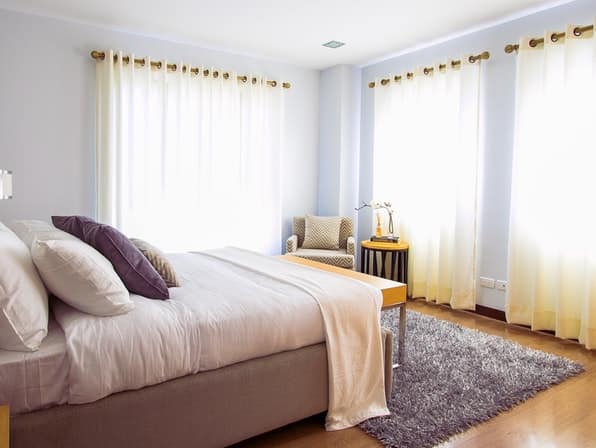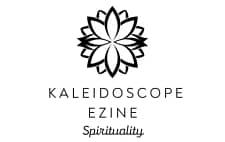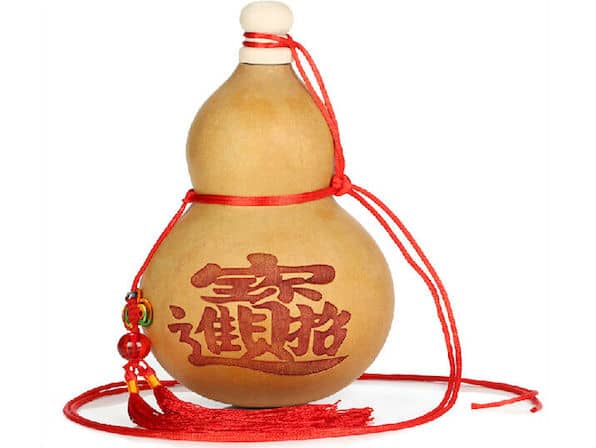Interior decoration is primarily concerned with the appropriate use of space, light and colour to create a perfect atmosphere for various activities such as sleeping, dining and working. Fengshui is primarily concerned with the location of ch’i to enhance the potential of the occupants. If the interior decoration is done keeping the Fengshui principles in mind, good ventilation, appropriate lighting, good proportion and most importantly a sense of balance can be incorporated into the design of a home, office and shop.

It is true that each house has its unique fengshui situation and interior design; still some basic concepts are applicable to all interiors to create a comfortable environment and make maximum use of invisible revitalising forces. A well fengshuied house even if economically built will be balanced and tranquil with vibrant flow of ch’i that can be rejuvenating and health preserving.
Basic plan
It should be functional ensuring a good circulation and aesthetically pleasing with a good sense of proportion and colour scheme. The house should be well protected from weather and sun. Ventilation should ensure proper flow of ch’i. Stagnant ch’i should not be allowed to accumulate.
Furniture
Furniture should have rounded contours and should be placed in ch’i areas within the path of fresh air and proper light. It should be harmonious with other articles occupying the room. As fengshui is symbolic, furniture can also be symbolically designed e.g. a chair can be the shape of a tortoise representing longevity and a dining table can be round symbolising heavenly blessings. A room should never be cluttered and different artifacts should be kept according to the position of the elements.
Colour Scheme
Colour Scheme of a room can make a room feel warmer or cooler and can affect the fengshui of the interior. If the person is of fire element and the room he occupies is painted red or any fire colour, he can tire himself out due to too much activity. Similarly if the user is of water element and works in a warm coloured room, the fire element balances the water element. Appropriate colours should be chosen according to the direction and the function of the room. A living room can have yang colours and the bed room should have yin colours. Right colour for the kitchen is white as it acts as a background for the coloured food items. White represents purity and cleanliness, green stands for longevity, yellow for authority and blue is for
heavenly blessings.
Lighting
Light enables colour and forms to be seen. Light should not irritate the eyes; glare coming from lamps and sun should be shielded. Glare is considered as shar ch’i and is a source of imbalance. Mirrors can be used to add light and illusion of
spaciousness. They also deter evil influences and draw in good ch’i. Missing corners can be balanced by using bright lights.
Paintings
A painting should be properly framed and should depict the balance of yin and yang of the environment. Scenic landscapes and plants symbolise good fortune; figures of important deities ward off evil spirits.
Plants and Fish Tanks
Plants that survive harsh weather conditions and symbolise longevity should be put around the house e.g pine, plum, bamboo and chrysanthemum. Fish tanks are used for their auspiciousness and their ability to absorb evil influences.
Fengshui and interior design may seem dissimilar but are actually closely linked and very often good fenshui is both good architecture and good design.
-Archana Sharma
Archana Sharma is an M.Phil in Life Sciences and practises in Astrology, Numerology and alternative therapies. She is currently pursuing research in Medical Astrology.


